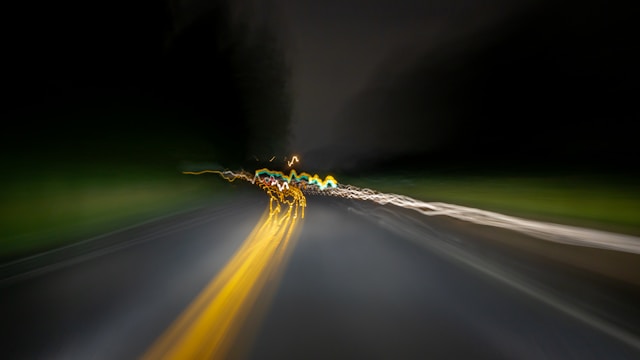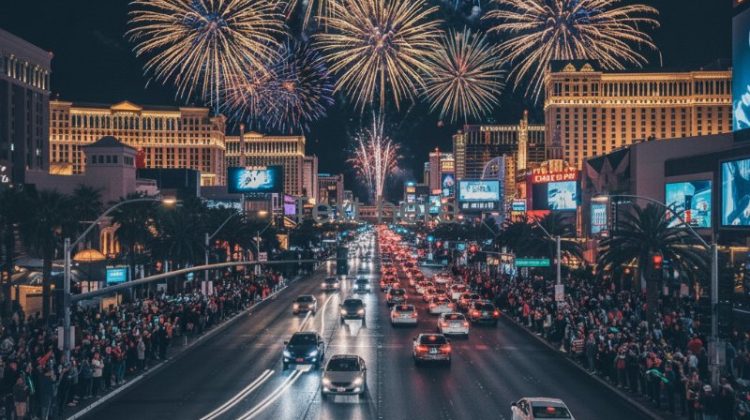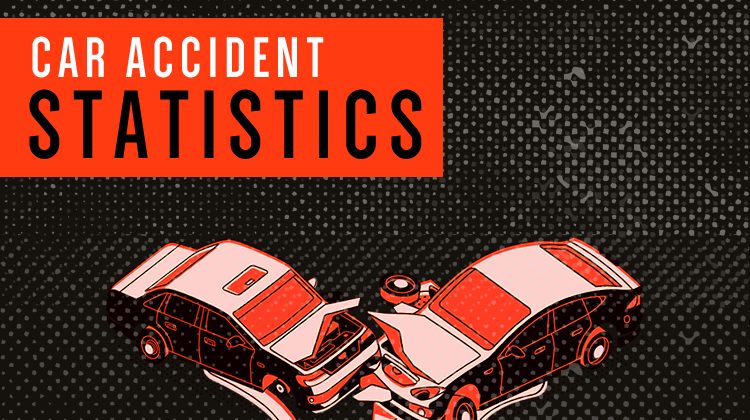Drunk driving remains one of the most dangerous threats on the road, contributing to thousands of accidents and fatalities each year. If you’re ever on the road and suspect that another driver may be under the influence of alcohol, it’s crucial to know how to respond to protect yourself and others. Below is a step-by-step guide on what to do if you encounter a drunk driver and how you can help prevent a potential accident.
If you or a loved one has been involved in a car accident caused by a drunk driver, contacting a drunk driving accident attorney may help you explore your legal options. An experienced attorney can assist in securing compensation for medical bills, lost wages, and other damages caused by the accident.
The Dangers of Drunk Driving
Drunk driving is one of the leading causes of traffic fatalities and serious injuries, both in the U.S. and around the world. Alcohol impairs a driver’s ability to make sound judgments, react quickly, and control their vehicle, putting everyone on the road at risk. According to the National Highway Traffic Safety Administration (NHTSA), nearly 37 people die every day in the United States due to drunk driving crashes, which equals one death every 39 minutes.
In 2022 alone, drunk driving was responsible for 13,524 deaths, accounting for 32% of all traffic fatalities in the U.S. Additionally, data shows that drivers with a Blood Alcohol Concentration (BAC) of 0.08% or higher, the legal limit in most states, are four times more likely to cause a crash than sober drivers.
Drunk driving not only endangers the driver but also passengers, other motorists, and pedestrians. Even a single drink can impair a driver’s ability to make safe decisions, making it essential to understand the dangers and act responsibly when alcohol is involved.
Recognize the Signs of a Drunk Driver
Being able to identify a potentially intoxicated driver is the first step to staying safe. Drunk drivers often display certain erratic behaviors that set them apart from other drivers. Some common signs include:
- Swerving or weaving across lanes
- Driving significantly over or under the speed limit
- Sudden stops or delayed reactions to traffic signals
- Wide turns or drifting into other lanes
- Tailgating or following too closely
- Slow or erratic responses to road conditions
- Driving without headlights at night
- Excessive braking without reason
If you notice any of these behaviors, there is a possibility the driver is impaired and poses a serious danger to others on the road.
Keep a Safe Distance
When you suspect a drunk driver, the most important thing is to prioritize your own safety. Keep as much distance between your vehicle and the suspected drunk driver as possible. Slow down and allow them to get far ahead of you, or if necessary, safely change lanes or pull over to avoid the danger.
Avoid Confrontation
It can be tempting to take matters into your own hands when you spot a reckless driver, but it’s essential to avoid engaging with or confronting a suspected drunk driver. Do not try to signal or alert the driver by honking, flashing lights, or attempting to pass them. These actions can increase the risk of an accident or escalate the situation.
Take Note of Key Details
While keeping a safe distance, try to gather as much information as possible about the suspected drunk driver. The more details you can provide, the better chance law enforcement has of locating the driver. Some things to note include:
- The make, model, and color of the vehicle
- The license plate number (if it’s safe to do so)
- The location where you spotted the vehicle, including the road name, direction of travel, and any notable landmarks
- Any dangerous behaviors the driver is exhibiting, such as swerving or speeding
Contact Law Enforcement
Once you are safely out of harm’s way and have gathered relevant details, pull over to a safe location and contact law enforcement. Call 911 and inform the dispatcher that you suspect a driver on the road may be intoxicated. Provide as much information as possible, including the vehicle’s description, location, and behavior. Law enforcement officers are trained to handle drunk driving situations and can take appropriate action to stop the driver.
Stay Alert
After reporting the suspected drunk driver, continue to drive cautiously and remain alert for other potential dangers on the road. Drunk drivers are not the only risk—there may be other hazards like distracted drivers, road construction, or poor weather conditions. Staying focused on the road and maintaining a safe driving environment is crucial.
What Not to Do
It’s important to emphasize that while your instincts may drive you to act, there are several things you should avoid doing in this situation:
- Do not try to stop the drunk driver yourself. This could put you in harm’s way or lead to a dangerous situation.
- Do not follow the driver too closely. If they make a sudden move or swerve, you could be caught in an accident.
- Do not assume someone else will report the driver. Always take the responsibility to report suspicious behavior to authorities, even if you think others might have seen the same thing.
The Importance of Staying Safe and Alert
Encountering a suspected drunk driver on the road can be frightening, but knowing how to respond can help prevent accidents and save lives. By recognizing the signs, keeping your distance, and contacting law enforcement, you play an essential role in keeping the roads safe for everyone.




No Comment